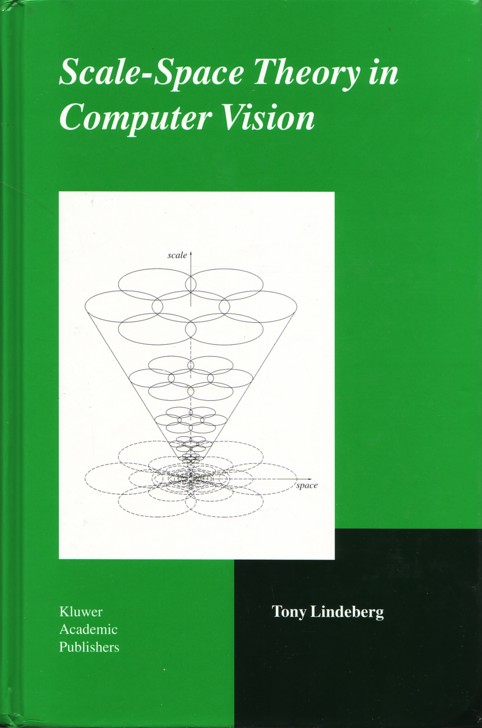
Scale-Space Theory in Computer Vision
Short descriptionWe perceive objects in the world as having structures both at coarse and fine scales. A tree, for instance, may appear as having a roughly round or cylindrical shape when seen from a distance, even though it is built up from a large number of branches. At a closer look, individual leaves become visible, and we can observe that they in turn have texture at an even finer scale. This fact, that objects in the world appear in different ways depending upon the scale of observation, has important implications when analysing measured data, such as images, with automatic methods."Scale-Space Theory in Computer Vision" describes a formal framework, called scale-space representation, for handling the notion of scale in image data. It gives an introduction to the general foundations of the theory and shows how it applies to essential problems in computer vision such as computation of image features and cues to surface shape. The subjects range from the mathematical underpinning to practical computational techniques. The power of the methodology is illustrated by a rich set of examples. This work is the first monograph on scale-space theory. It is intended as an introduction, reference, and inspiration for researchers, students, and system designers in computer vision as well as related fields such as image processing, photogrammetry, medical image analysis, and signal processing in general. Contents
(Google copy of this book)
Responsible for this page:
Tony Lindeberg
|